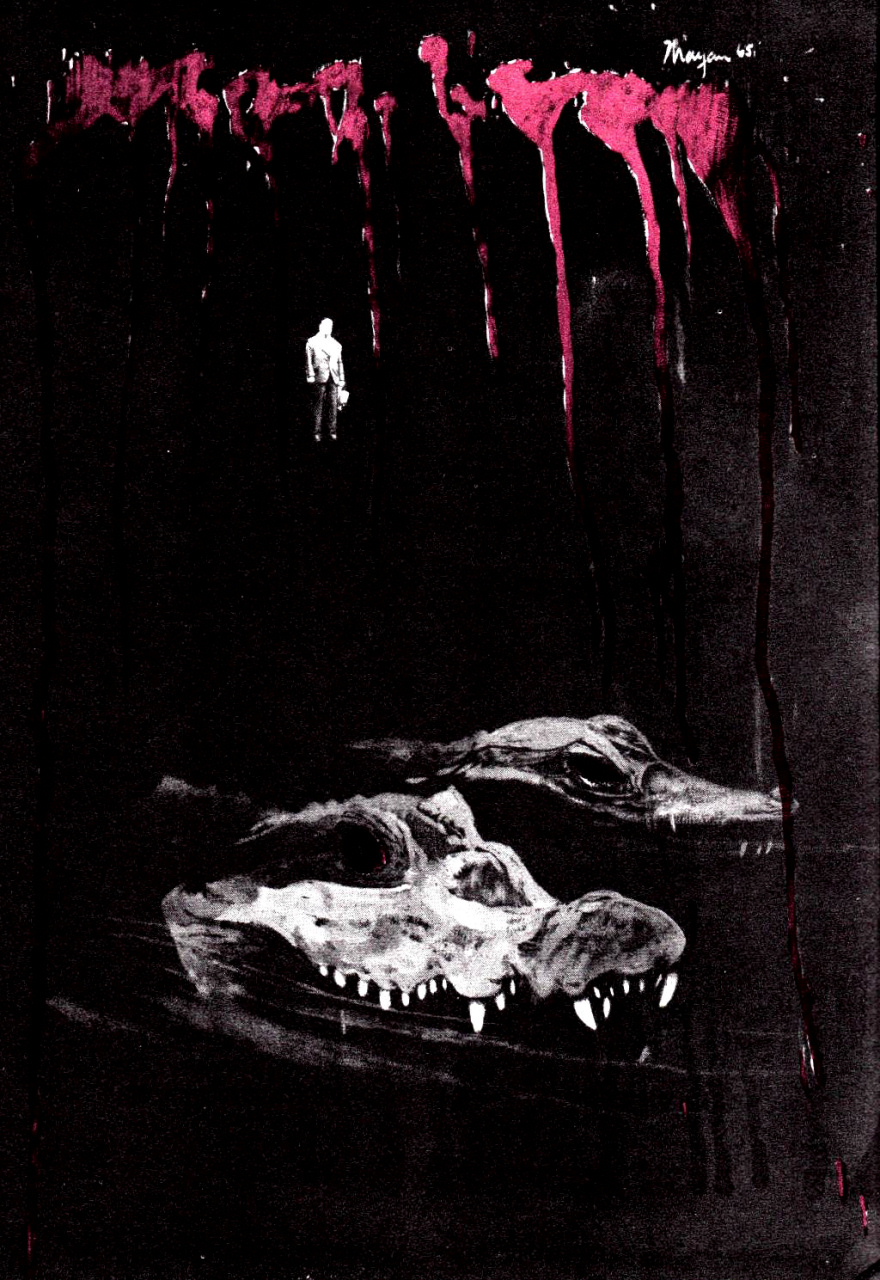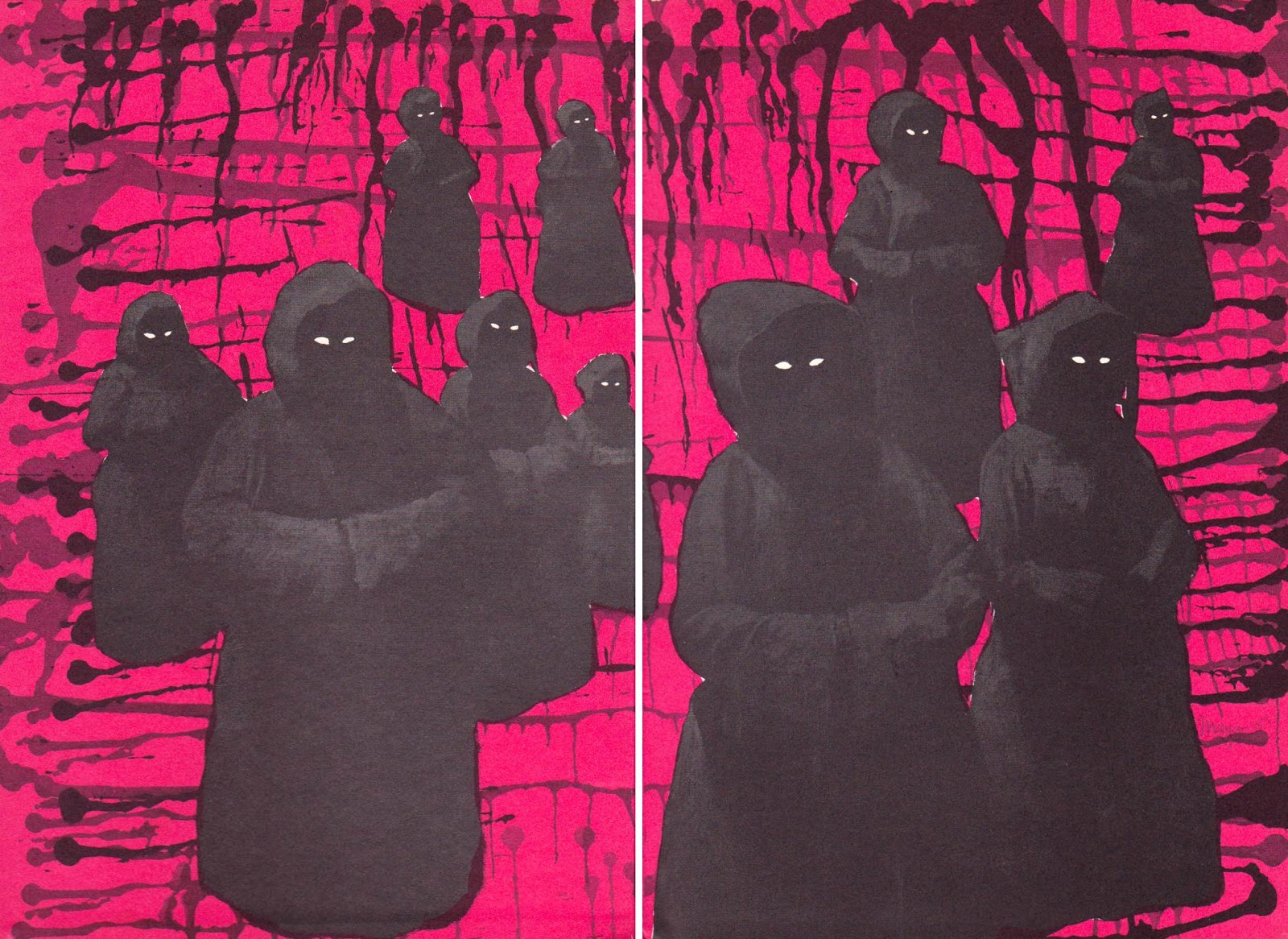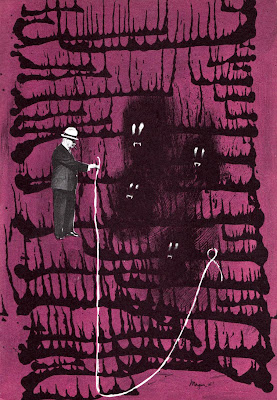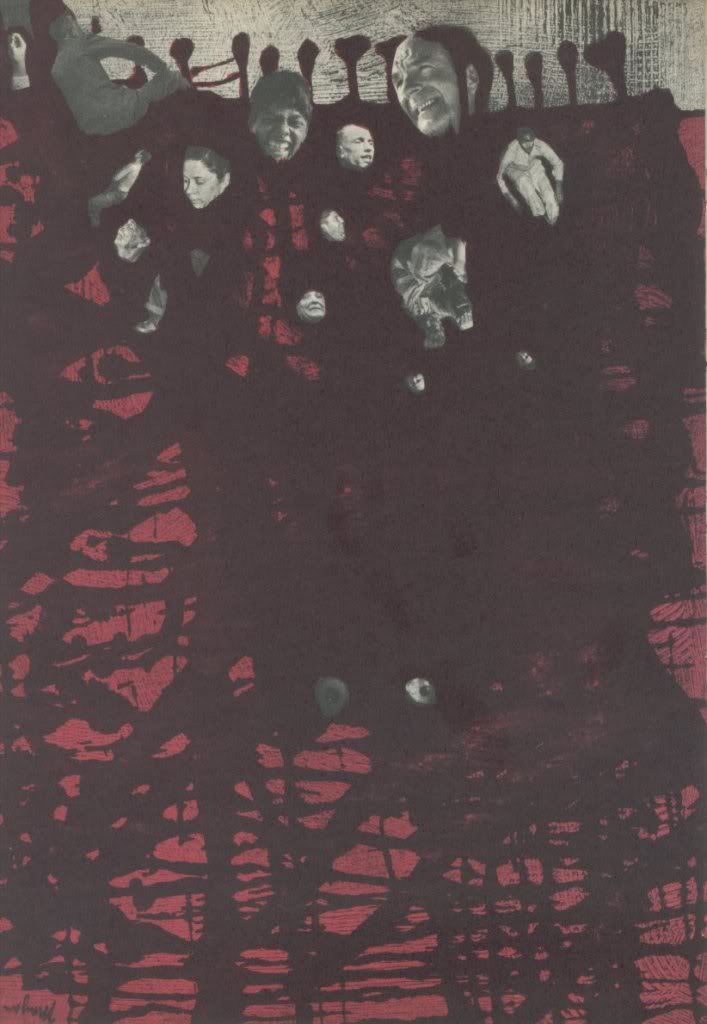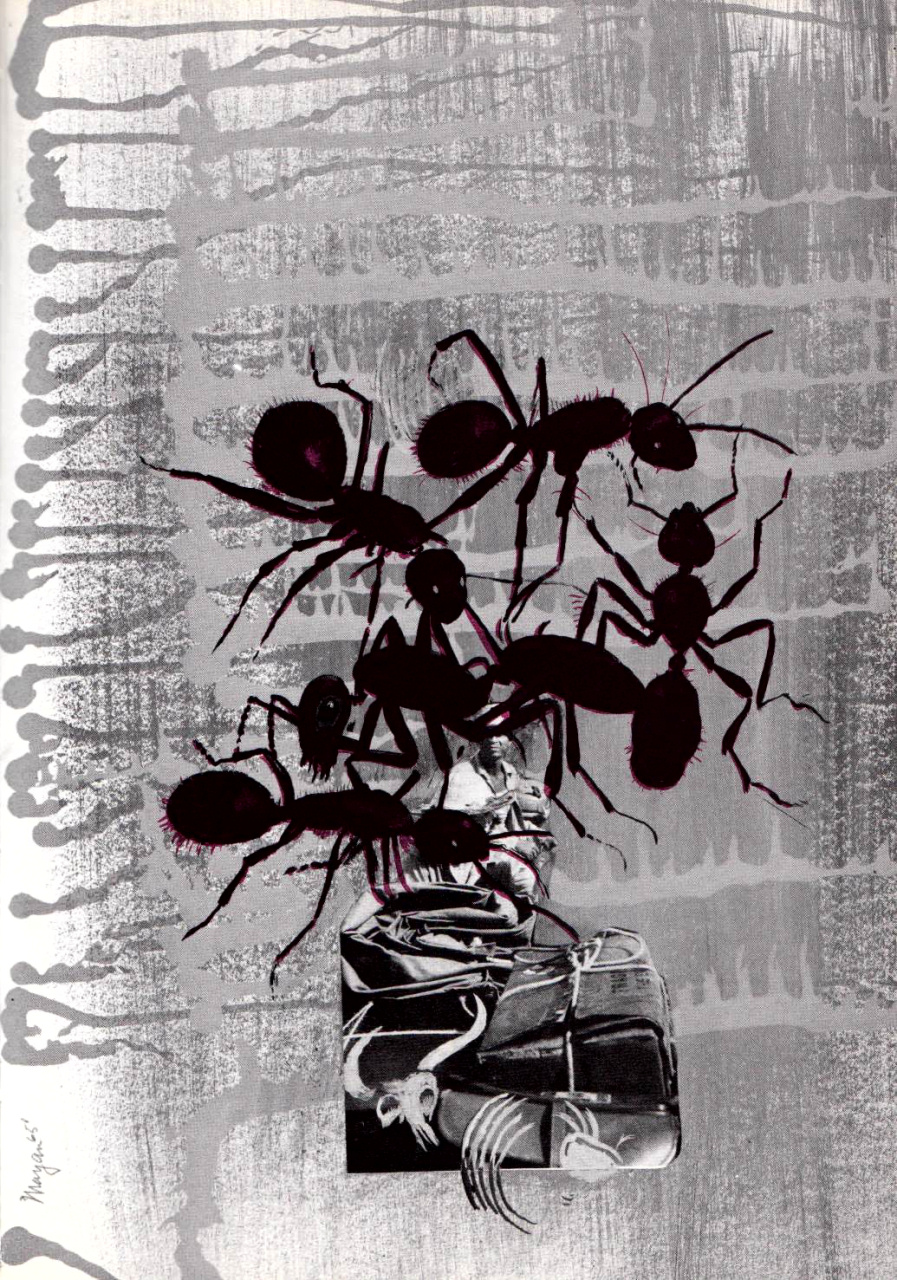Skipping "King of the Cats" and saving "Slime" for later, I came to "The Man Who Sold Rope to the Gnoles" by Idris Seabright. What is this doing in a collection of stories aimed at readers aged twelve or so? It's a "sophisticated" story about a commercial traveler who dutifully reviews the principles of effective salesmanship before going to the door of the gnoles, whence, admitted to their house, he sets forth the merits of the various kinds of rope that he sells. Me makes the sale and is offered a magnificent emerald but turns it down on ethical grounds as too valuable, and, seeing a couple of small gems, suggests them instead. These happen to be spare eyes of the gnole, so the creature wraps him in its tentacles and imprisons him. He is fattened and eaten. The story is in the manner of Dunsany's "Hoard of the Gibbelins" (to which the story contains an allusion -- in fact the story is probably best considered as an imitative tribute to the earlier tale).
Did an arch tale like this belong in a book aimed at middle school-age kids? I don't mean that the story would give them nightmares, although the illustration is creepy. But is it a good idea to bait kids with the promise of scary stories and offer them instead a clever-clever bit of irony?
Let's suppose that many youngsters have a capacity to enjoy what Burke called the Sublime. Development of that capacity may enable them to enjoy some of the world's greatest literature, such as
The Rime of the Ancient Mariner, etc. Below that level but still perhaps worth reading are many stories of the eerie and the marvelous. Seabright's story invites a smirk. I wouldn't have included it. In any event, shouldn't someone read "The Hoard of the Gibbelins" first?
By the way, did the endpapers of
Monster Museum inspire the design of the Jawas in
Star Wars?
Gnoles illustration:



